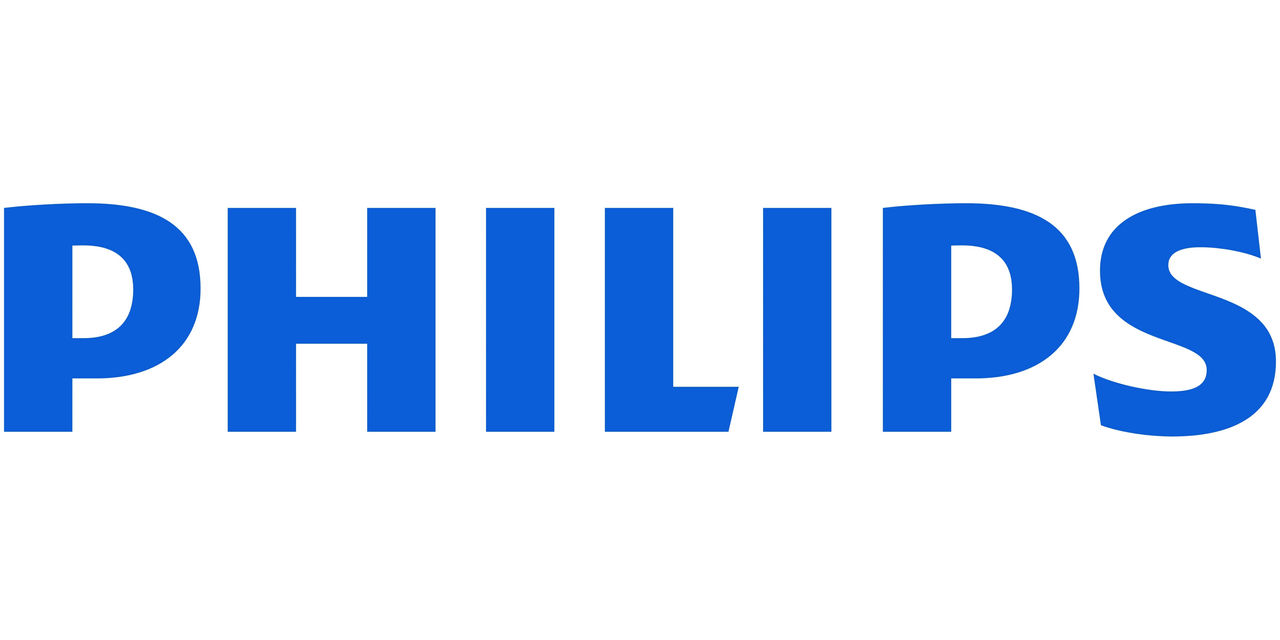Auto logout in seconds.
Continue LogoutWe're seeing hospital at home take over the headlines—and for good reason. The pandemic has accelerated the interest in caring for patients in their homes to relieve capacity constraints and improve patient care. Regulations have also allowed hospitals and systems to provide care to patients outside a traditional hospital setting with the CMS Acute Hospital at Home Waiver. And we now have technology to accurately monitor and share patients' diagnostic information like weight, vital signs, blood pressure, and blood sugar from their homes.
Despite all the buzz, one of the many challenges in setting up a successful program is deciding what level of technology you need to detect and predict early patient deterioration in the home setting. This becomes a high-stakes endeavor as programs look to treat more patients with chronic illness and higher-acuity conditions. While clinicians want to be sure they can respond to any changes in patient condition promptly, they also want to prevent wasting resources on false alarms.
Technology opens many possibilities for monitoring patients at home
Despite the interest in using technology to monitor patients in hospital at home programs, there is no consensus on the best way to do it. All programs operate a little differently, and success depends on several factors, such as patients' level of acuity, their tech literacy, their home environments, and how clinicians will interact with the patient to retrieve clinical data.
Historically, and on the simplest end, hospital at home programs have successfully monitored patients' vital signs with two in-person nurse-visits a day. Today, however, programs can use tools such as remote patient monitoring (RPM), telehealth, or artificial intelligence to monitor patients, communicate with them, and predict if their condition might deteriorate. The specific solutions will be different depending on the program. Here are a few considerations for provider leaders as they implement technology in hospital at home programs:
- Decide how sick of a patient you want to care for at home: Patients with higher acuity conditions, such as heart conditions, may require more intensive diagnostic monitoring. Other patients, like those with infections, might not require continuous monitoring outside of in-person nurse check-ins. In addition to the existing published qualifications for hospital at home programs, predictive analytics can help you identify which patients are most likely to have a successful experience at home, and which would benefit from staying in a facility. If you do deploy this technology, be sure to evaluate your algorithms for bias—both in the data on which they rely and in the outputs they make. Building a picture of which patients you can care for in the home will make it easier to deploy the right technology.
- Identify how you will collect data to monitor patient conditions: Most programs today choose to interact with patients via telehealth and wearables, which can collect data either continuously or intermittently. This technology typically transmits data to a cloud or a hub and/or facilitates communication between the patient and clinician. In the future, we will likely see the growth of sensors that can continuously monitor multiple metrics on a single device. Some organizations are also exploring the use of ambient remote patient monitoring, which can collect data without having the patient touch or wear the device.
- Check your organization's response capabilities: All programs need to be able to promptly respond to any signal that a patient's condition is deteriorating. Consider questions like: What system is your organization currently using to respond to alarms? Who is responding and what is their training? Are you going to have clinical decision making remote or on site? Understanding the capabilities of your organization will help you analyze your workflow and understand where technology can make things easier. For example, smaller programs may stick with just remote patient monitoring for their patient population, while larger programs with more patients may benefit from embedding predictive analytics to prioritize patients at higher risk of deterioration.
- Think about potential barriers from the patient's perspective: Miscommunications and gaps in care could occur if the patient self-collects data and doesn't know how to correctly use the device. The same issues could occur if different stakeholders involved in the patient's care plan can't access the data. More importantly, factors like access to Wi-Fi, cell service, tech-literacy, and the home environment play a huge role in successfully using technology in the home. For each patient, think through their potential barriers and have a plan in place to address them.
There is no perfect set of 'success' metrics—but track data that is valuable to multiple stakeholders.
Regardless of the metrics, remember that success centers around the patient receiving quality and timely care. Although different programs may be tracking different metrics based on their idea of success, there are a few major things to keep in mind. First, you should be tracking metrics set by CMS, which include unanticipated mortality and escalation. Besides this, you should consider what data stakeholders invested in your outcomes will want to know, such as readmission rates or patient satisfaction scores. In one example, Trinity Health successfully used RPM to discharge 80% of their Medicare patients to home. Trinity tracked and reported a 90% compliance rate, a reduction in readmissions from 15% to 8%, and a patient satisfaction score consistently over 90%.
Finding a vendor to partner with requires balance
Programs will have to think carefully when designing their digital architecture for a hospital at home program. Mapping out the jobs for what human versus technology will handle will be paramount. When looking for a vendor, keep in mind the following things:
- Less is more: Clinicians and patients can get bogged down or overwhelmed by multiple telemedicine platforms, monitoring devices, and AI recommendations. However, the diversity of communication needs might still require you to work with multiple vendors.
- Strive for systemness: There are several vendors that will be able to assist you with monitoring, communication, and patient selection. However, look for partners who will be able to help integrate the data and promote interoperability with your existing digital infrastructure—especially your EHR.
- Efficient communication is key: Understand the differences in hardware and software technology, and how it will reliably convey vital abnormalities, arrythmias, falls, and other critical issues to the right clinician immediately—and in a way that they can quickly respond.
Philips is a leading health technology company focused on improving people’s health and enabling better outcomes across the health continuum from healthy living and prevention, to diagnosis, treatment and home care. Guided and inspired by the purpose to improve 2.5 billion lives per year by 2030, Philips leverages advanced technology and deep clinical and consumer insights to deliver integrated solutions. Headquartered in the Netherlands, the company is a leader in diagnostic imaging, image-guided therapy, patient monitoring and health informatics, as well as in consumer health and home care.
This blog post is sponsored by Philips, an Advisory Board member organization. Representatives of Philips helped select the topics and issues addressed. Advisory Board experts wrote the post, maintained final editorial approval, and conducted the underlying research independently and objectively. Advisory Board does not endorse any company, organization, product or brand mentioned herein.

This blog post is sponsored by Philips. Advisory Board experts wrote the post, conducting the underlying research independently and objectively.
Don't miss out on the latest Advisory Board insights
Create your free account to access 1 resource, including the latest research and webinars.
Want access without creating an account?
You have 1 free members-only resource remaining this month.
1 free members-only resources remaining
1 free members-only resources remaining
You've reached your limit of free insights
Become a member to access all of Advisory Board's resources, events, and experts
Never miss out on the latest innovative health care content tailored to you.
Benefits include:
You've reached your limit of free insights
Become a member to access all of Advisory Board's resources, events, and experts
Never miss out on the latest innovative health care content tailored to you.
Benefits include:
This content is available through your Curated Research partnership with Advisory Board. Click on ‘view this resource’ to read the full piece
Email ask@advisory.com to learn more
Click on ‘Become a Member’ to learn about the benefits of a Full-Access partnership with Advisory Board
Never miss out on the latest innovative health care content tailored to you.
Benefits Include:
This is for members only. Learn more.
Click on ‘Become a Member’ to learn about the benefits of a Full-Access partnership with Advisory Board
Never miss out on the latest innovative health care content tailored to you.


